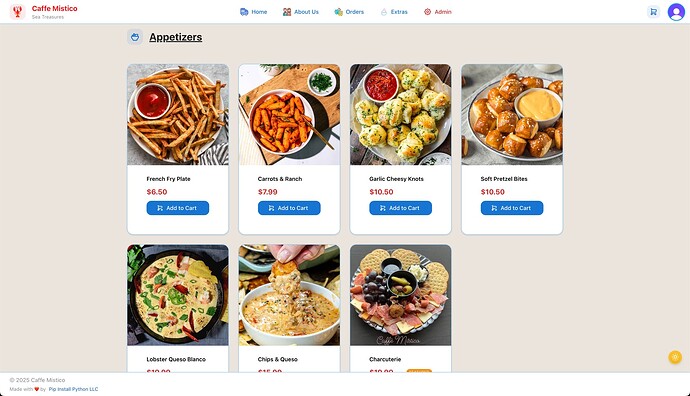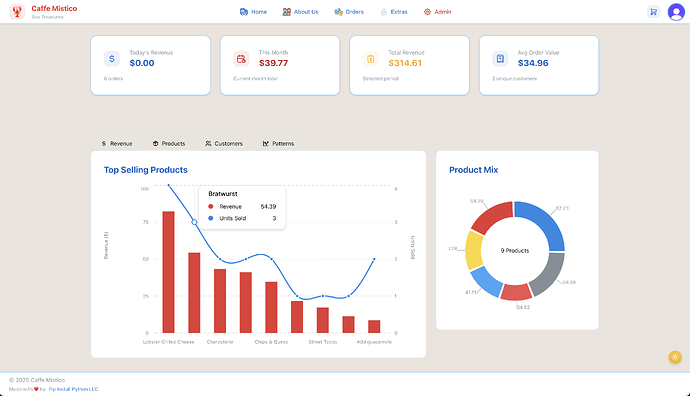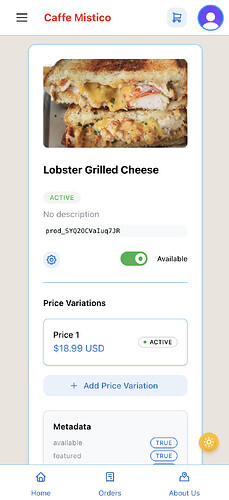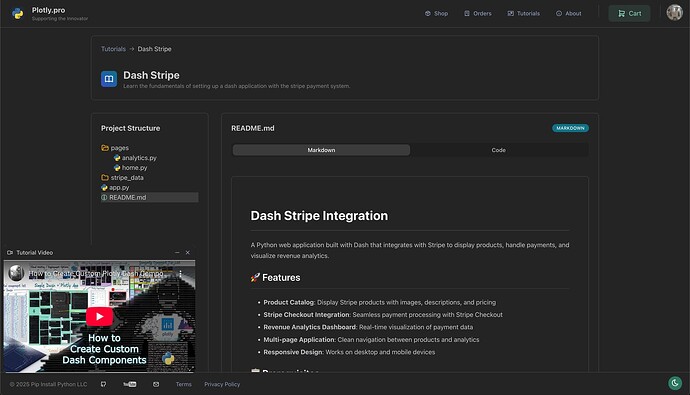I wanted to share a recent video I created that dives into a powerful approach for freelance developers: focusing on B2B (business-to-business) clients and building applications without a traditional database.
In the video, I explore how leveraging modern tools like Stripe for payments and Clerk for authentication can help us build sophisticated, full-stack applications with Plotly Dash at the core. This “no-database” philosophy can lead to faster development, less complexity, and easier maintenance—allowing you to get to market quicker.
Show & Tell: I’ll walk you through two of my own applications built with these principles:
 The Core Idea
The Core Idea
The main argument is that by building on top of robust third-party services, we can offload a lot of the backend complexity and focus on what we do best: creating amazing user interfaces and data visualizations with Dash.
I showcase two applications built with this methodology:
-
An E-commerce Platform: A digital storefront built almost entirely with Dash that handles automated order fulfillment and user access to purchased content.
-
A B2B Restaurant Management System: A full-featured application for restaurant owners to manage products, track orders in real-time, and view insightful analytics on their business performance—all powered by Dash.
 Plotly Dash in Action
Plotly Dash in Action
For the Plotly community, the most exciting part is how Dash is used to create these dynamic and interactive applications.
-
Interactive Analytics: The restaurant app features a comprehensive analytics dashboard with visualizations for revenue, top-selling items, product mix, and customer activity. It’s a great example of how to deliver real business value with Dash.
-
Dynamic UI: Both applications are fully responsive and designed to work seamlessly on mobile devices, showcasing the flexibility of Dash for creating modern user interfaces.
-
Markdown for Content: I use
dash-dcc-markdownto display rich text and tutorials, which is a simple but effective way to create professional-looking content within a Dash app.
I’d love to hear your thoughts on this approach & the overall design of these new applications I’ve built!
- Have you built similar “database-less” apps with Dash?
- What are your thoughts on focusing on B2B for freelance success?
- What are your favorite third-party services to integrate with your Dash apps?
Extra Free & Useful Resource
UI UX Guide .md file for DMC: https://dash.geomapindex.com/ui-ux-de…
Dash Pip components:





